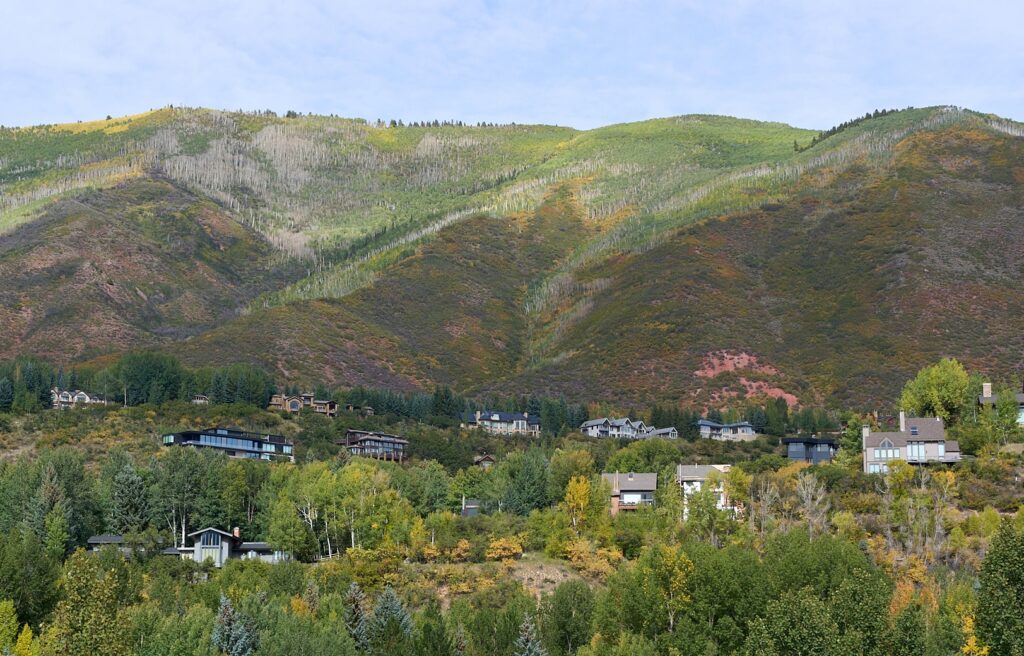Roaring Fork Valley Phenology | October 14, 2013
ACES Staff
October 14, 2013

Wooly bear caterpillars, the larval stage of the Isabella tiger moth Pyrrharctia Isabella, have been spotted around the Aspen area over the past week or so.
Can the width of the wooly bear’s central rusty stripe predict the length and severity of the coming winter? Folklore suggests if the stripe is thick, a mild winter will follow, and if it is thin winter will be harsh. Have there been any studies to explore this? How did this idea gain popularity?
In the late 1940’s Dr. C.H. Curran, insect curator at the Museum of Natural History in New York, headed north to find out if there was any validity to the old folklore. This fun project could have been an excuse for Dr. Curran to get out of the city with his wife to see the beautiful leaves changing upstate.
Dr. Curran’s results indicated that 80% of the time the caterpillars got it right, though no other research has been able to reproduce this strong result. Dr. Curran admitted his sample size was very small, and for the most part he was doing the study for his own entertainment. However he relayed his findings each year to a reporter at a popular New York newspaper, so the idea of the Wooly Bear as a predictor of winter severity grew popular. Subsequent studies reveal other determining factors of the size of the center stripe including moisture, food availability, and ironically, the severity and duration of the previous winter.
It still is fun to find these little buggers. Soon they will be overwintering as larvae, settling down in the leaf litter and freezing solid. Cryoprotectant, a substance inside the caterpillar’s cells, protects the living tissues from freeze damage during this overwintering. In the spring they will pupate (make a cocoon), and later emerge as a tiger moth. Bonus points if you know where this Woolly bear was photographed!
~ Jim Kravitz, Director of Naturalist Programs
Related Content

RFV Phenology: Green is out, yellow is in! Or is it?
Learn More
ACES // City of Aspen Open Space Birding: Marolt Open Space 9/5/2024
Learn More